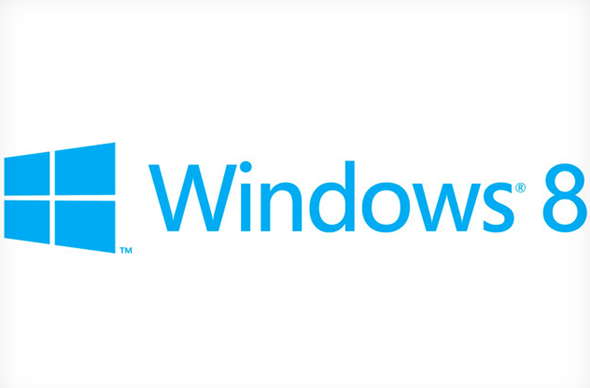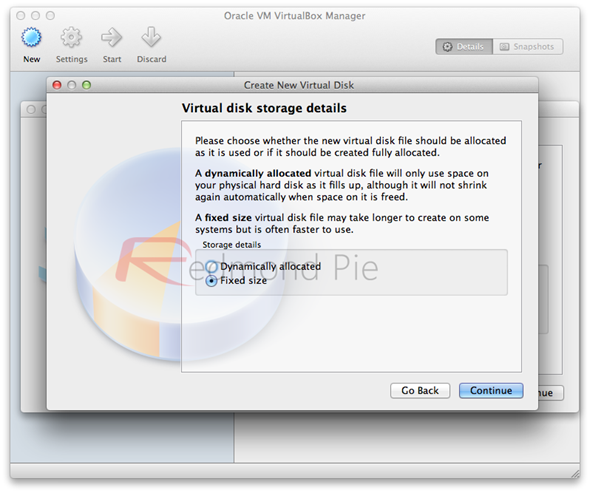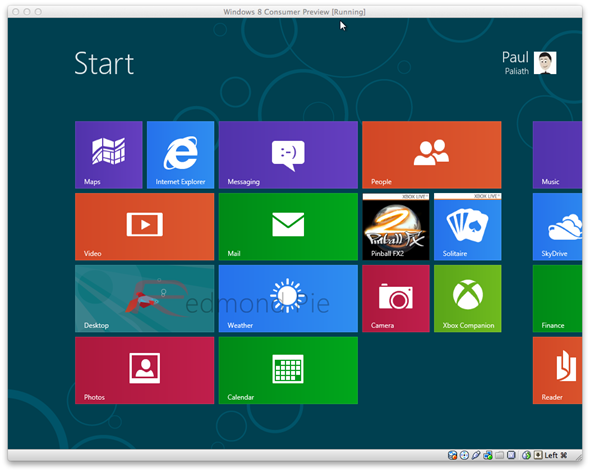9 Interesting Facts About Any Website

Image credit:
stock.xchng
As bloggers, designers and consistent Internet surfers, we constantly visit a lot of websites and blogs on daily basis. Aside from reading the content, we get all curious too. These ponders are often figures and data the website/blog generates, for example – the
pageviews,
feedreader counts,
rankings,
web host,
how much money a site makes, etc.
If you are constantly checking out these figures of any websites you go to, don’t worry because that’s a good sign. These information allows you to understand websites you visits better, it also keeps you closer to your competitions. If you often checkout Google PageRank, Alexa of your website and others, we want to show you more. Here are
9 Interesting Facts About Any Website. Full list after jump.
Disclaimer: We believe the following statistics, figures are not absolutely accurate (perhaps, nothing are) and they might varies from one web service to another.
1. Traffics: Visits, Pageview, Rankings
Most of us know Alexa is flawed and the rankings might not be too accurate. The fact is, nothing is really accurate. Any figures generated by these public web services are as good as cross-referencing and perhaps nothing more. The most accurate traffic figures and demographics information will only make known to the webmaster inside their Google Analytics, Sitemeter, etc account.
Alexa computes traffic rankings by analyzing the Web usage of millions of Alexa Toolbar users and data obtained from other, diverse traffic data sources.

Compete is a new breed of web analytic company. Powered by the largest pool of online consumer behavior data in the industry,
Compete.com is the only online competitive intelligence service that combines site and search analytics in one site to help you quickly master online marketing.

With Statbrain.com you can find out
how many visits any site has. Statbrain uses different resources on the web combined with mathematical and statistical methods to estimate how many visits a website has. Statbrain estimates the number of visits that a website has based on offsite factors like backlinks, Alexa Rank etc.

Quantcast is a new media measurement service that enables advertisers to view audience reports for millions of sites and services to build their brands with confidence. The free service empowers publishers to demonstrate the unique value of their audiences by tagging their websites, videos, widgets and games for direct measurement.

With Google Trends for Websites, you can get insights into the traffic and geographic visitation patterns of your favorite websites. You can compare data for up to five websites and view related sites and top searches for each one.

2. Loading Time
Find out what slows your site or a site you visit down. Good tools for site optimization.
Pingdom offers cost-effective and reliable server, network and website monitoring. You can view the list of objects either in load order or as a hierarchy. The hierarchy view allows you to see which objects are linked to in for example a CSS file.Every test also shows general statistics about the loaded page such as the total number of objects, total load time, and size including all objects.

Webslug was conceived as an all encompassing way of testing site performance. It measures load time as the user sees it. The time it takes for a page to load fully from when the request was made.

WebWait is a website timer that benchmarks your website or test the speed of your web connection. Timing is accurate because WebWait pulls down the entire website into your browser, so it takes into account Ajax/Javascript processing and image loading which other tools ignore.

Internet Supervision monitors the availability, performance, and content of a website, web server and internet services from our UL approved offices with 24/7 personnel in Washington DC, Detroit, Chicago, Los Angeles, and Santiago, Chile.

Link Vendor shows the duration of a given website. This value can be used for showing how long a website take to load and if it is better to optimize the website or change a (slow) ISP.

3. Web Hosting
Some websites took traffic spikes smoothly. Wonder who’s hosting for them? Check them out.
Who.
is is a website for performing
whois lookups on
domain names for many popular gTLDs and ccTLDs.

Who Is Hosting This is a tool that lets you discover who is hosting any web site instantly. Enter the domain, and we’ll tell you which web hosting company the site uses. It’s that simple!

4. Feed Subscribers
Feedcompare is another web service that does the same; but instead of comparing web traffics, it compares Feedburner feed subscriber counts. Feedcompares supports comparison up to 4 websites/blogs and you can generate a chart as far as 24 months view. Feedcompare reveals feed subscriber counts as long as you type in the FeedBurner feed name.

We did show you how to find out feedburner subscribers figures when they don’t tell. Click the above link to check the tricks out.
5. Website In- History
Browse through 85 billion web pages archived from 1996 to a few months ago. To start surfing the Wayback, type in the web address of a site or page where you would like to start, and press enter. Then select from the archived dates available.

6. Interface Design
Browsershots makes screen shots of a web design in different browsers. It is a free open-source online service.

CrossBrowserTesting.com allows website designers see what their website looks like in different browsers and in different operating systems.

7. SEO | PageRank, Backlinks, Indexed Pages and more
Find out how well a site is doing in popular search engines, social bookmarking and other site statistics

Website Grader is a free seo tool that measures the marketing effectiveness of a website. It provides a score that incorporates things like website traffic, SEO, social popularity and other technical factors.

SEOmeter.com offers a convenient online
SEO tool that allows webmasters to monitor their website’ crawling activities, and to collate crawling trend against their ongoing marketing campaign and other SEO strategies.

A tool to check at-a-glance the link popularity of any site based on its ranking (Google PageRank, Alexa Rank, Technorati etc.), social bookmarks (del.icio.us, etc), subscribers (Bloglines, etc) and more!

8. Website Value
dnScoop.com attempts to estimate a value for an established website or a
domain name by using factors such as links pointing to the domain, popularity of the domain, age of the domain, pagerank of the domain and traffic to the domain.

Cubestat is a free and perfect tool for website value calculation, estimations and information. Cubestat has an unique algorithm will calculate and estimate the website worth, daily pageviews and daily ads revenue of the present domain. Among the estimation it will show precise information available for the domain.

Websiteoutlook is the perfect place to evaluate any website. When choosing to buy or sell a website having the proper information about your investment can be crucial to your success. Websiteoutlook is dedicated to finding all pertinent information that may pertain to your personal interest. And it’s FREE!

Your Website Value is basically a calculator that evaluate the yearly potential value of a website based on many factors such as: Number of pages indexed in search engines; Number of sites linking to the website; Quality of website; Popularity of the website.

Site Value Calculator is the easy way to check the value of your website. It finds the value of your website with seeing your site’s traffic trends, backlinks, alexa ranking and DMOZ links.

9. Everything About A Website (All in One)
Quarkbase is a free tool to find complete information about a website. It is a mash-up of over 30 data sources and many algorithms gathering information from Internet on various topics like social popularity, traffic, associated people, etc.

Domain name search tool; allows wildcard search of current and deleted/expired whois domains.



























































